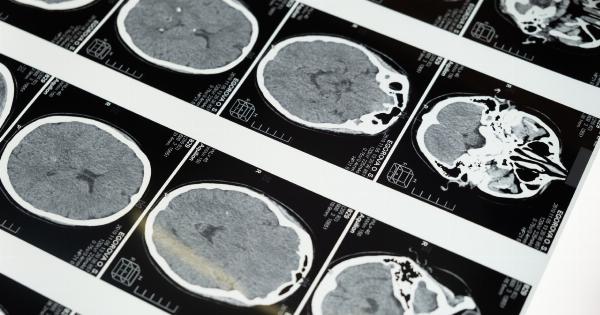Magnetic Resonance Imaging (MRI) is a medical imaging technique used to visualize internal structures of the body.
The technology is based on the principle of nuclear magnetic resonance (NMR), a physical phenomenon first described in 1946 by Felix Bloch and Edward Purcell, for which they were awarded the Nobel Prize in Physics in 1952.
What is Magnetic Resonance Imaging?
MRI is a non-invasive, safe, and painless medical imaging technique that uses a strong magnetic field and radio waves to create detailed images of the body’s tissues and organs.
The technology enables doctors to examine the body’s internal structures, detect tumors, and diagnose diseases such as cancer, multiple sclerosis, and heart disease.
How does Magnetic Resonance Imaging work?
MRI works by using the body’s own atomic properties. The human body is made up of several types of atoms, but hydrogen atoms are the most abundant. These hydrogen atoms have a property called spin, which causes them to act like tiny magnets.
The magnetic field created by the MRI machine aligns these hydrogen atoms in a particular direction.
Next, the MRI machine sends a burst of radio waves into the body, which causes the hydrogen atoms to emit a signal. The machine then detects the signal and uses it to create an image of the body’s internal structures.
The strength of the radio waves and the magnetic field determines how detailed the image will be.
The MRI Machine
The MRI machine consists of a powerful magnet, a computer, and a radio transmitter/receiver. Patients lie on a bed that moves into a large cylinder or tube, which houses the magnet.
The machine makes a series of loud knocking or thumping noises during the test, which can last anywhere from 15 minutes to an hour or more.
The Benefits of Magnetic Resonance Imaging
MRI has many benefits over other imaging techniques. MRI does not use ionizing radiation, unlike X-rays and CT scans. This makes MRI a safer imaging technique, especially for children and pregnant women.
Additionally, MRI provides superior soft tissue contrast, making it possible to visualize structures that are not visible on X-rays or CT scans. MRI can also help diagnose a variety of diseases that may not be detectable with other imaging techniques.
The Limitations of Magnetic Resonance Imaging
While MRI is a powerful imaging tool, it does have some limitations.
MRI cannot be used on patients with certain types of implantable devices, such as pacemakers, cochlear implants, or metal clips in the brain, as the machine’s powerful magnet can cause these devices to malfunction. Additionally, patients with excess body weight may not fit into the MRI machine’s narrow tube.
Conclusion
Magnetic Resonance Imaging (MRI) is a powerful, safe, and non-invasive medical imaging technique that is used to visualize internal structures of the body.
The technology is based on the principle of nuclear magnetic resonance (NMR), a physical phenomenon that was first described in 1946. MRI is a valuable tool in the diagnosis and treatment of a variety of diseases and conditions. It has many benefits over other imaging techniques, such as X-rays and CT scans, but it also has some limitations that must be taken into account.



























